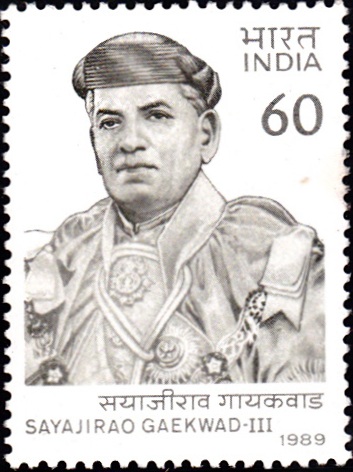
Sayaji Rao Gaekwad III
A commemorative postage stamp on Sir Sayajirao Gaekwad III (1863-1939), the Maharaja of Baroda State :
Issued on Oct 6, 1989
Description of Design : The designs of the stamp and First Day Cover are based on photographs provided by Shri Ranjit Singh Gaekwad, M.P. The stamp has been designed by the India Security Press, Nashik, and the First Day Cover by Sankha Samantha. Cancellation design is by Ms. Alka Sharma.
Type : Stamp, Mint Condition
Colour : Single colour
Denomination : 60 Paise
Overall size : 3.91 x 2.90 cms.
Printing size : 3.55 x 2.54 cms.
Perforation : 13 x 13
Paper : Indigenous un W/M Gravure adhesive Coated stamp paper
Number Printed : 10,00,000
Number per issue sheet : 35
Printing Process : Photogravure
Printed : India Security Press
Name : Shrimant Gopalrao Gaekwad [Farzand-i-Khas-i-Daulat-i-Inglishia, Shrimant Maharaja Sir, Sena Khas Khel Shamsher Bahadur Maharaja Gaekwad of Baroda]
Born on Mar 11, 1863 at Kavlana, Malegaon Tehsil, Nashik, Maharashtra, India
Died on Feb 6, 1939 at Vadodara, Gujarat, India
About :
- Maharaja Sayaji Rao III was born on 11th march, 1863 in a village in the Nasik District of the then Bombay Presidency. Originally named Gopalrao, he, with his two brothers, went to a dilapidated primary school, the only one in the village. At the age of 13, he was adopted by the Dowager Maharani of Baroda State. He was re-named Sayaji Rao Gaekwad-III and put through a crash programme to prepare him for his life as a ruler.
- Almost from the word go, Sayajirao was in conflict with the British, having continuous and longstanding verbal and written disputes with the British Residents. On assuming the reins of Government, some of his first tasks included education of his subjects, upliftment of the down-trodden, judicial, agricultural and social reforms, building a network of railways to connect areas of his dispersed territories. His educational and social reforms included, among others, ban on child marriage, legislation for divorce, removal of untouchability, spread of education, development of Sanskrit and indological studies, religious education, encouragement of fine arts and his total commitment to free and compulsory primary education, which placed his territory far in advance of contemporary British India. Fully aware of the fact that he was a Maratha ruler of Gujarat, he identified himself with the people and developed their cosmopolitan attitude and progressive, reformist zeal. His rich library became the nucleus of today’s Central Library of Baroda. He was the first Indian Ruler to introduce, in 1906, compulsory and free primary education in his State.
- Though a prince of a native state, an admirer of the English people and in many respects of the English rule in India, he jealously guarded his rights and status even at the cost of annoyance to the Indian Government. The English bureaucracy considered him a ‘Patron of Sedition‘ as he talked to his countrymen on love of the country, Swadeshi, Indian heritage and the need for political reforms. Though he loudly proclaimed his loyalty to the British Crown, he was always suspected of harbouring anti-British ideas and tendencies. The incident of Delhi Darbar of 1911, at which he was accused of planned and deliberate insult of their Majesties and certain involvements of his officers with the seditious activities in British India, his association with some institutions having sympathy for the Indian National Congress, and finally, his great popularity among the nationalists, earned him British wrath and bitter attacks in the British Press.
- Wholly secular in his views, an admirer of Parliamentary form of Government, a believer in industrialization, an advocate of all round reforms and imbued with love for his country and his people, he played a decisive part in the general awakening of the people. After a long and eventful rule of 63 years, Sayajirao Gaekwad III died on 6th February, 1939.


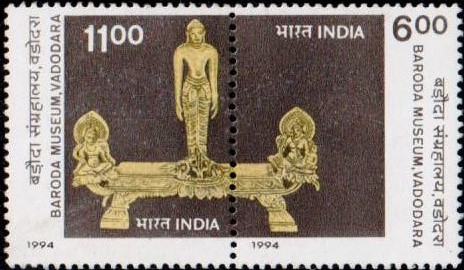
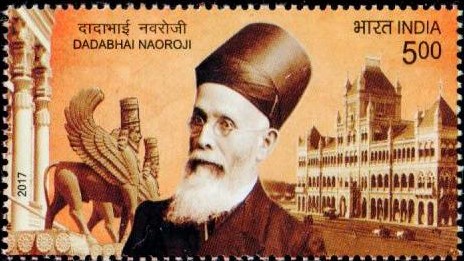
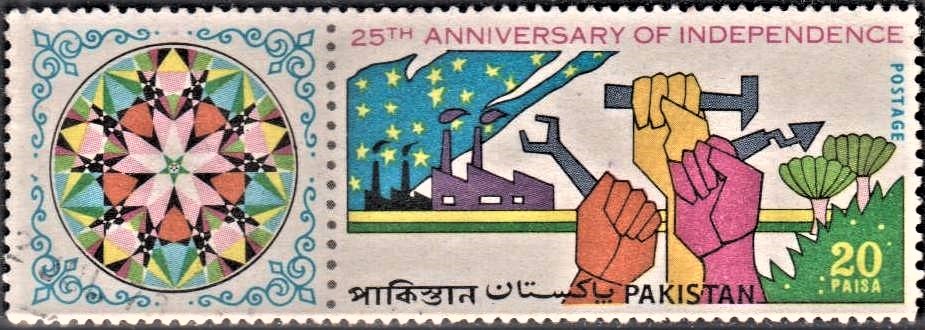
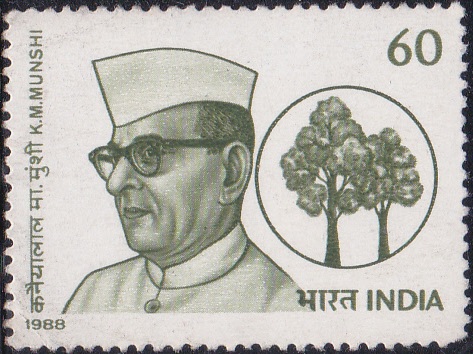

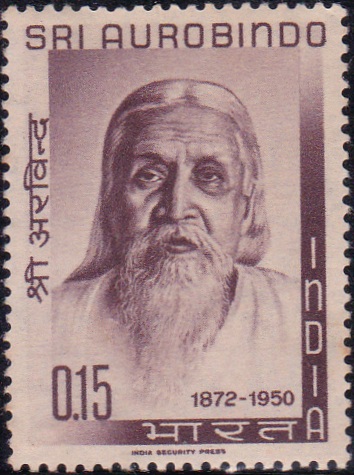
[…] Baroda Museum, a creation of Maharaja Sayaji Rao III Gaekwad, opened its doors to the public in 1894. The Museum and Picture Gallery bring together under a […]
[…] Sahitya Sansad. He was closely associated with the Bombay University in different capacities. The Maharaja Gaekwad of Baroda appointed him a Member of the Baroda University […]
[…] of Mysore to paint the portrait of His Highness and his family. At the invitation of Gaikwar of Baroda, Ravi Varma spent a couple of years in Baroda from 1888, contributing a number of […]
[…] and was educated at the Elphinstone Institute School. He was patronised by the Maharaja of Baroda, Sayajirao Gaekwad III, and started his public life as the Dewan (Minister) to the Maharaja in 1874. As an Athornan […]